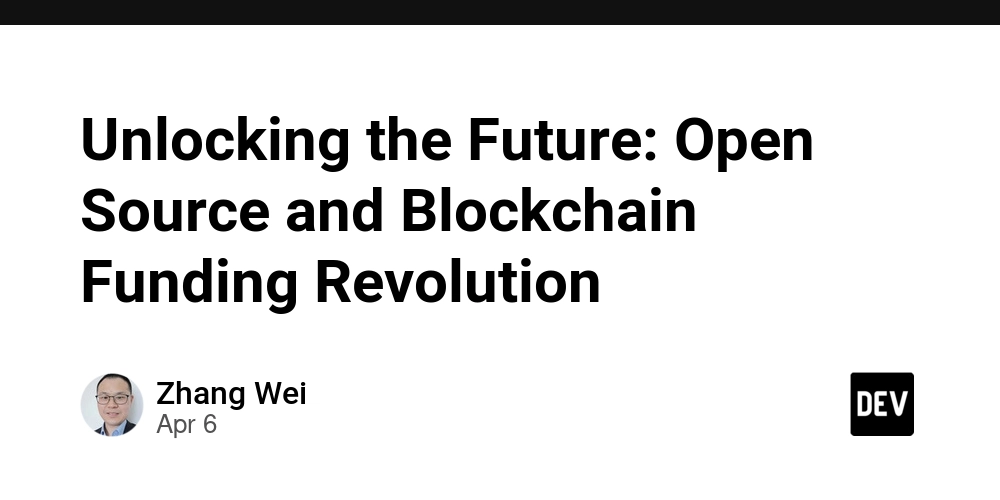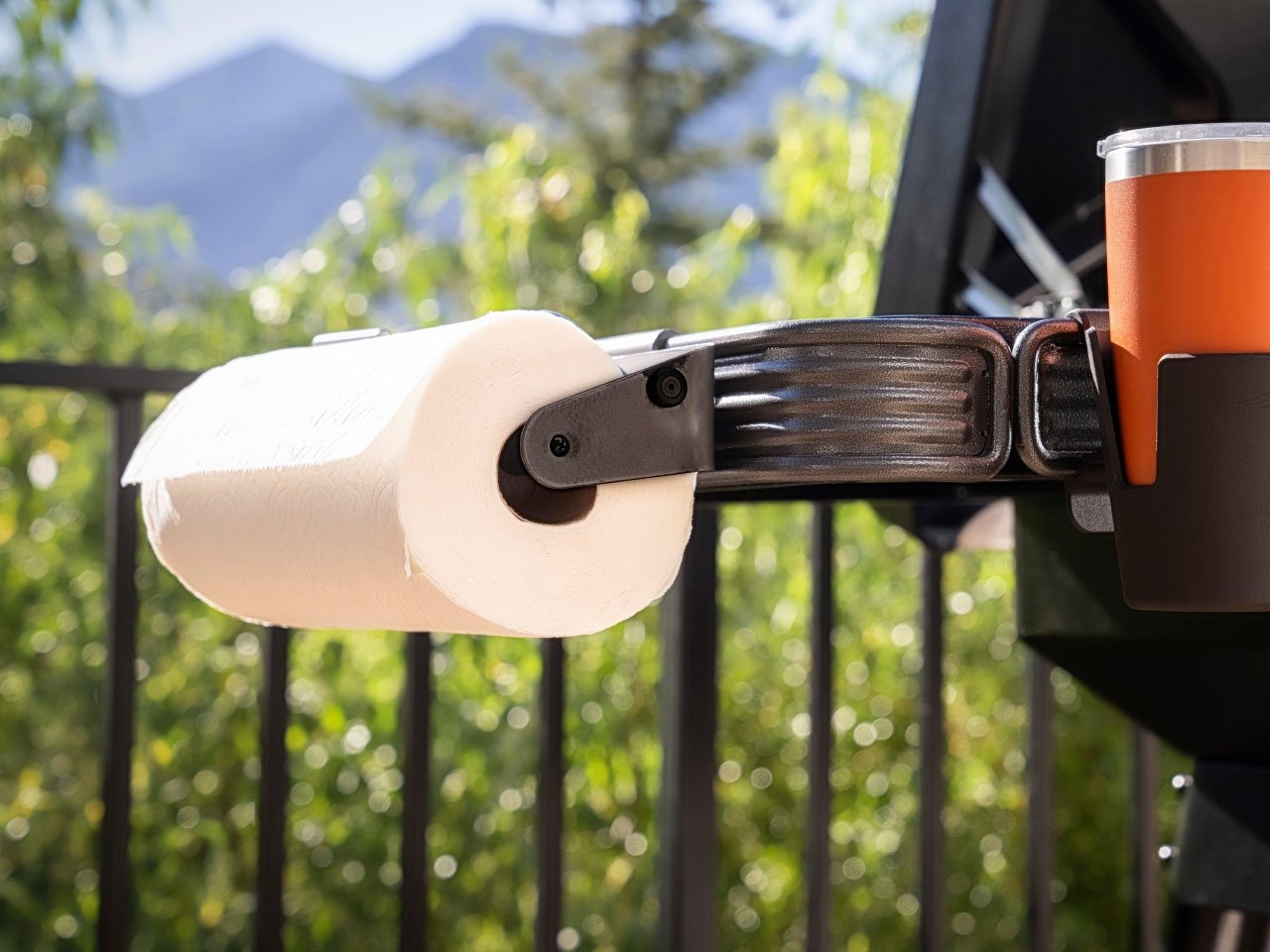Dear DOGE: Save a trillion, but by cutting red tape, not services
Elon Musk's recent shift in tone and the Department of Government Efficiency's firing of probationary employees demonstrate the need to measure twice and cut once, and to eliminate GSA, GPRA, and other programs to save billions of dollars annually.

When Elon Musk brandished a chainsaw on television, promising to slash government spending, many Americans cheered. Others panicked. Neither side addressed the real problem with government inefficiency — or its solution.
Musk’s recent shift in tone — acknowledging the need for caution, to measure twice and cut once — suggests the Department of Government Efficiency is learning this lesson, too.
DOGE fired probationary employees without understanding their roles and inadvertently gave Americans a crash course in what government actually does. Nuclear power plant operations were nearly compromised, Meals on Wheels deliveries were threatened and the U.S. egg supply was nearly jeopardized when swine flu containment teams received walking papers.
As a 20-year federal employee, I witnessed government's remarkable achievements and its maddening inefficiencies. I saw National Institutes of Health lead efforts to successfully map the human genome and achieve a sickle cell anemia cure in a patient, and I saw the FAA lead the world’s global airspace.
I also saw enormous waste, but it wasn’t lazy workers or fraud that caused it. The waste was the result of well-intentioned systems and requirements that have accumulated over the years, like sedimentary rock, layer upon layer, never to be removed.
Or, in other words, it’s the red tape, stupid.
Let me illustrate with an example so absurd you might think I'm making it up. Imagine a family with 12 children. The parents require each child to bill their siblings whenever they help each other. Tying shoes? That's $2.50. Homework help? $5.75 per session. When billing becomes complicated, the family hires an accountant, an auditor and a collections analyst. In the end, the children spend more time creating invoices than helping each other.
The government operates exactly like this with reimbursable agreements. Even though the government owns office space, for example, the General Services Administration charges "rent" to agencies. When agencies share equipment or staff, they create complex reimbursable billing agreements, shuffling money through a messy paper trail.
The idea behind this puzzling money-shuffle is full cost reporting. Congress wanted to know the full cost of a service an agency provides, including the cost of the space the agency occupies and the “help” it gets from sibling agencies. But the result is nearly meaningless (what happened with all those reports with “full costs?”), and it created red tape that spiraled out of control.
The solution: Eliminate GSA entirely and issue an executive order requiring all federal agencies to share resources without charging each other. This would create a bit of reshuffling chaos in the near term, but would save big money. It would eliminate $24 billion in administrative costs tracking transfers right off the bat. On top of that, it would get rid of $45 billion in premiums that agencies charge each other for services and free up $20 billion in projects delayed due to interagency negotiations.
And GSA is just the appetizer. The real feast of waste comes from the Government Performance and Results Act of 1993 and other government “efficiency” reforms of years past. These were intended to make government operate and report to shareholders the way businesses do. They were well-intentioned reforms, but they have been disastrous.
More than 400 federal agencies are now required to produce three major reports per year and contract an outside company to perform an annual audit, all in the name of efficiency. The Government Performance and Results Act requires that every penny of government money be reported out into performance categories. Agencies implement complex management systems, requiring all employees to enter information into them each week. Need to print copies on the copier? You’ll need a reporting code for that. Need to buy office supplies? Pick among 400-plus codes to categorize the expense, and break out your time spent on the task as well. There are codes for everything, including the time you spend in mandatory training to understand all the codes.
Today, federal employees spend about 10 percent of their work hours not serving citizens but writing reports about how efficiently they are serving citizens. Brilliant scientists with doctoral degrees draft lengthy reports on "performance metrics" that no one reads. They log time into complex systems that demand mandatory training, then they cram expenditures, results and ideas into still more systems.
A 2019 study by the White House Office of Management and Budget estimated the compliance costs to be in the billions, but the study didn't even capture the full scope of work that goes into compliance with the Government Performance and Results Act. Every grant recipient, hospital, school and Meals on Wheels program that receives federal funding gets caught in this law's paperwork trap. Thanks to this law, some local science professor is spending his evening filing reports instead of planning lessons. Some non-profit in your area is spending 20 percent of its grant funds on compliance officers, also because of this law intended to promote efficiency.
By repealing this single law, we could free up hundreds of billions annually and let government workers serve the public instead of writing all of these reports that no one reads.
Three more reforms could save additional billions. Although each idea would require congressional action, they are unquestionably examples of inefficiency that don't involve a chainsaw.
First, we can end the traditional September spending spree by removing incentives to spend unspent funds by Oct. 1 or else face budget cuts. A 2022 estimate pegged this waste at $300 billion yearly. I’d argue it’s even higher than that. Instead of incentivizing departments and agencies to "use it or lose it," reward them by letting them keep some of their savings to make investments in their operations.
Second, we should modernize the Census. The 2020 Census was originally estimated to cost $15.6 billion — $117 per household, versus an inflation-adjusted $16 in 1970. Using records and statistics could save $5 billion to $10 billion every ten years.
Finally, we should close the Government Publishing Office spends $1 billion-$2 billion annually printing obsolete documents.
Cutting red tape would free federal employees to perform public service instead of managing a paper trail that serves no public purpose. The red tape turns good people away from taking government jobs, creates the image of inefficient government that exists in the minds of citizens and masks the reality of our world leadership role and astounding successes.
DOGE created something extraordinary: unprecedented interest in government operations. Instead of battling over ideology or cutting services, DOGE could lead a targeted assault on bureaucratic waste that wouldn't be controversial at all. These five reforms alone could produce savings approaching $1 trillion.
By targeting red tape rather than the services it obscures, DOGE could achieve something truly revolutionary: government reform that Americans across the political spectrum can celebrate.
Cheryl Kelley is a former senior government official with experience across five U.S. Cabinet agencies, including serving as director of planning, management, and budget. She is an adjunct fellow at the Pell Center at Salve Regina University and the author of “An Informed Citizenry: How the Modern Federal Government Operates” and the novel “Radical, An American Love Story.”











































































